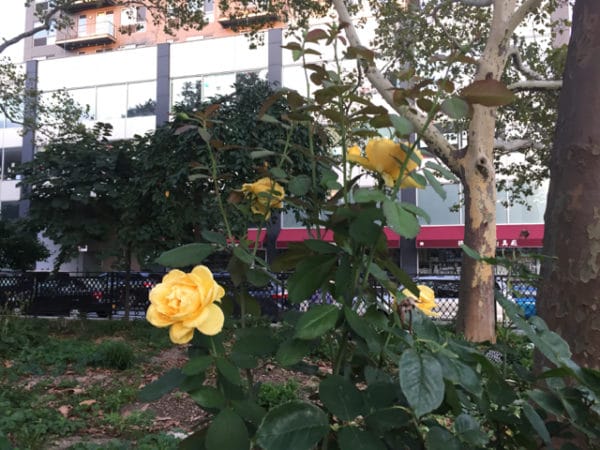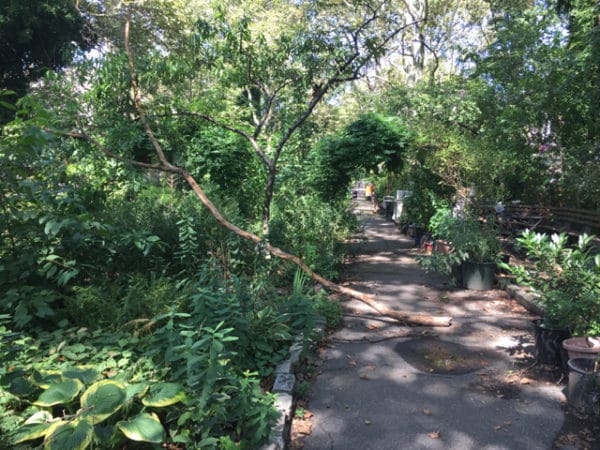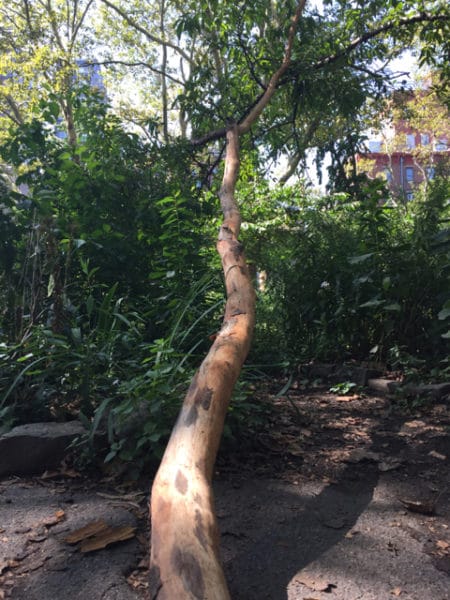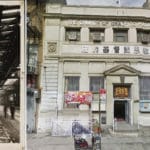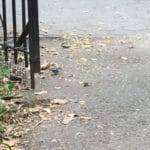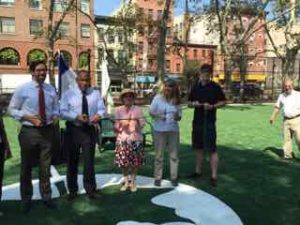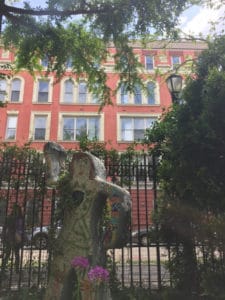From University Settlement In Defense of DACA
From Eric Weingartner, Chief Executive Officer University Settlement:
“This is one email I wish I didn’t have to send, but political events make it unavoidable.
Today, President Trump and Attorney General Jeff Sessions jeopardized the futures of 800,000 young immigrants, known as Dreamers, when they rescinded Deferred Action for Childhood Arrivals (DACA). This generation of Dreamers, who would have been our future doctors and lawyers, teachers and policemen, neighbors and friends, will be lost if this injustice is allowed to stand.
It’s unjust because Dreamers were brought to the United States when they were very young and have only ever known one home. They have done everything that was asked of them – go to school, stay out of trouble, work hard – and yet our country’s promise to them has been broken.
DACA may be a federal program, but the real action is in neighborhoods throughout New York City and across the country where University Settlement and other nonprofits work in the trenches and fight for these young immigrants. We know them and we know their stories. We know that Dreamers are United States citizens by every meaningful measure.
Let me tell you about Tomas, one of the young people who has benefited from DACA. He was born in Mexico but moved to the United States when he was a small child. Although he was undocumented and very poor, he graduated from college and dreamed of working in a fine arts museum. But because DACA didn’t exist at that time and he didn’t have a work permit, the only job available to him was working in his father’s fencing company. His life changed when he received a work permit through DACA. Today, he’s employed at a major art museum. His hard-won success is in peril because there is a strong possibility that he will lose his job, and he will certainly be at grave risk of deportation to Mexico.
Tomas, who is a hardworking, tax-paying American, is now vulnerable, just like hundreds of thousands of young people across the nation.
I promise you that all of us at University Settlement will never stop fighting for these young people. Our exceptional team will do everything in their power to protect our participants, and convince Congress that it must right this wrong.
We’ll keep you posted through social media and emails of our progress and approach over the coming days and weeks. Thank you for being our partners in this fight. Your support gives us strength.”


